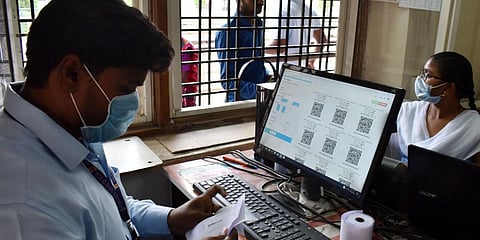

HYDERABAD: Taking a walk on the land, where early human settlements were formed, admiring the ancient architecture and trying to get a feel of how people in those days must have thrived, is a history enthusiast’s dream. And soon this is going to be a reality for many as the Archaeological Survey of India, Hyderabad Circle, plans to open the Kondapur museum and excavation site to the public.
In the early 19th Century, Archaeologist Henry Cousens had explored Kondapur site, where he had found tools from upper Palaeolithic and Mesolithic period. During the Nizam’s rule in 1940s, excavations were carried-out on this mound by G Yazdani, Director of Archaeological Department of Hyderabad State, and during the excavation, dilapidated religious and other structures made of brick, mud and mortar were found.
More discoveries were made during the excavations taken up in 1970s and more recently during the excavations taken up by Dr G Maheshwari from ASI’s Bhubaneshwar Excavation Branch. He found that the site was a thriving urban township of Satavahanas, which shed light on the religious beliefs of the people living in that era.
The excavations done over decades have found the Chaitragruha (Buddhist worshipping room), chambers and fire altars, where vedic rituals were held. Also a separate settlement for Romans, who had trade ties with India in those times. As per sources in ASI, proposal for reopening the site where excavations were conducted has been sent to the Centre for approval, after which the entire site which was covered in mud and has been closed for preservation.
OVER 8K ANTIQUE ITEMS PRESERVED
The site is covered with grass and wild vegetation now and ASI plans to clear the site and create a pathway for the visitors. As many as 8,394 antique items such as terracotta figurines, various objects, pottery, beads, bangles, and coins, and equipment made of iron, copper and lead, and other artefacts, which were unearthed from the site have been preserved at the Kondapur museum, which is located close to the site. At present, renovation works to improve the display, lighting and ramp laying work are being taken up.